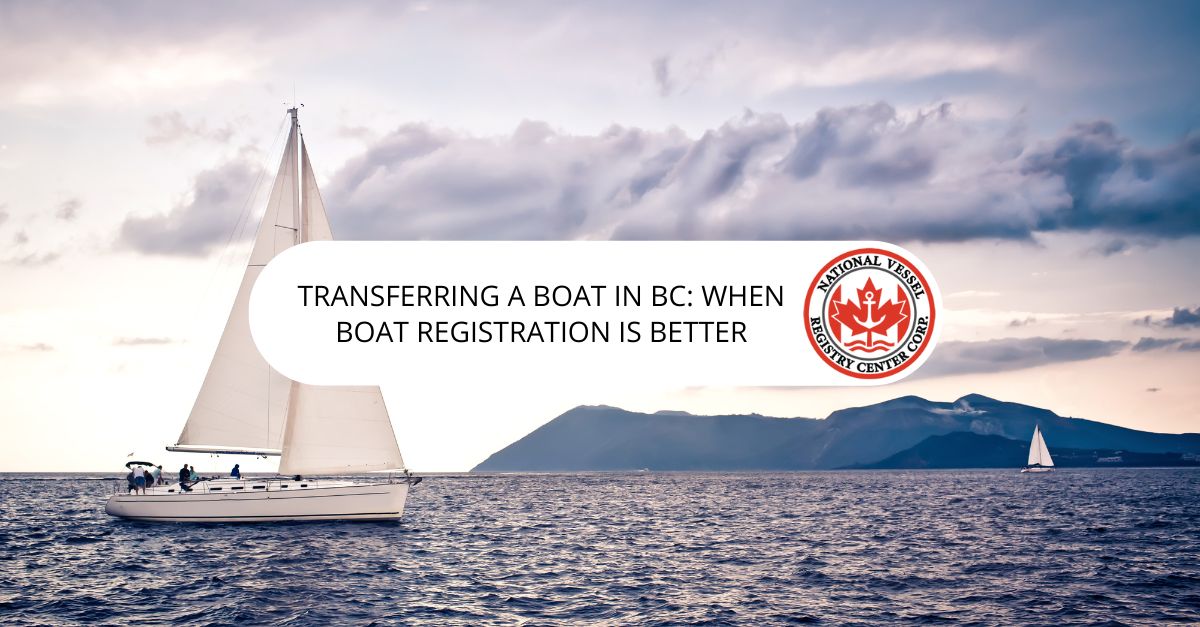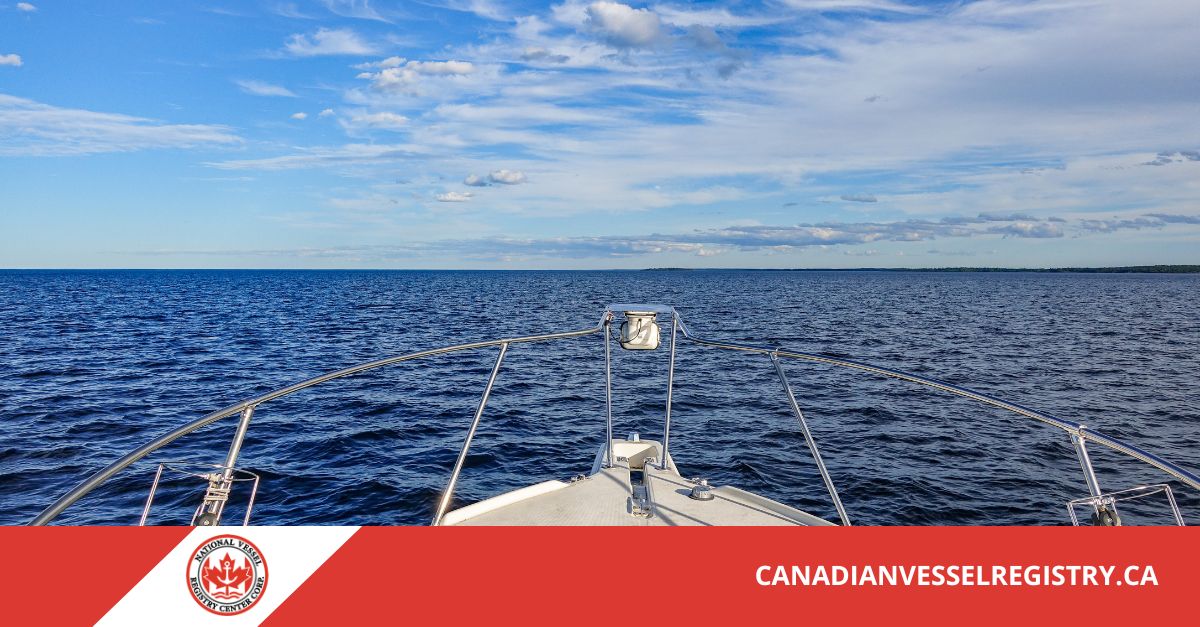If you’re buying a boat in Canada, you may wonder if transferring a boat to BC or a licence number is the better way to go or if you should opt for boat registration. When you purchase a pleasure craft, it’s better to register the vessel, as it gives you legal title. A licence transfer does not offer this advantage.
Therefore, you can run into a proof of ownership issue when you don’t register your boat and try to sell it. This may crop up if you purchase a stolen vessel. The following tips will prevent you from buying a stolen boat.
Don’t Just Purchase the Boat: Learn More About the Seller/Owner
When you buy a boat, you need to make sure you trust the owner. Are they being transparent? Do they have all the paperwork? It doesn’t matter if you think you’ve found your dream boat. If the seller is evasive or is not upfront, you need to look elsewhere.
Find out who has owned the boat if it is pre-owned. Who were the prior owners? Don’t just look at who owns the boat currently. This will prevent you from dealing with someone who is not selling their boat, but selling a stolen vessel.
Check the Hull Identification Number
When you’re buying a preowned vessel, look at the HIN to make sure the HIN is intact – that there has not been any tampering or that the number appears to have been scratched off. You’ll find the HIN on the starboard side on the outer part of the transom. If the boat does not have a transom, the HIN must appear on the upper starboard side at the hull’s aft end.
The HIN is used to identify a specific boat and its construction requirements. It is used to check if the vessel has been stolen or lost. The HIN must also be displayed in a second place on the hull, such as a non-exposed site on the vessel’s interior or beneath a fitting such as hardware.
The HIN should contain 12 characters. An optional 2-character code may be placed at the beginning that indicates the boat’s county of origin.
How the HIN Appears: What the Characters Mean
For instance, let’s say the number is CA-ABC24BC40G092. This HIN would include the county code (CA) and:
- Manufacturer ID code – ABC
- Manufacturer serial number – 4BC40
- Commencement of construction – G0
- Model year number – 92
Both boat manufacturers and importers must get a manufacturer’s identification code, or MIC to create the first three characters of a 12-character HIN.
Conduct a Lien Check on the Boat
To make sure the boat does not have any liens, it’s prudent to perform a lien check. You can either do it on your own or have a surveyor conduct the check for you. Perform the check on the HIN and the prior boat owner.
Check with the Police
You can also ensure your boat’s ownership by running a query on the HIN and the boat’s name through the Canadian Police Information Centre (C.P.I.C). The governmental website features a national database of stolen boats and other items. It’s free to use, so it’s worth the time to make sure your boat purchase is legal.
Seek Legal Advice
You might also want to consult with an attorney. Ask them about adding a clause in the purchase agreement where the seller states that they’re the rightful owner and the boat and that they have no liens. This may allow you to recuperate some expenses or find a legal remedy if the boat is stolen merchandise.
Better to Be Careful Than Sorry
Some people often don’t realize that purchasing a stolen boat is easier than what they believe. That is why a boat registration is better than merely transferring a licence number. Registration also allows you to give your boat a name, display its port of entry, and fly the Canadian flag. You can use the number and boat’s name if your boat is lost at sea, stolen, or you’re involved in an accident.
Go Online If You’re Transferring a Licence or Wish to Register Your Boat
Begin your pleasure craft registration today. Visit the Canadian Vessel Registry to ensure you stay fully compliant and to prove ownership of your boat purchase.


